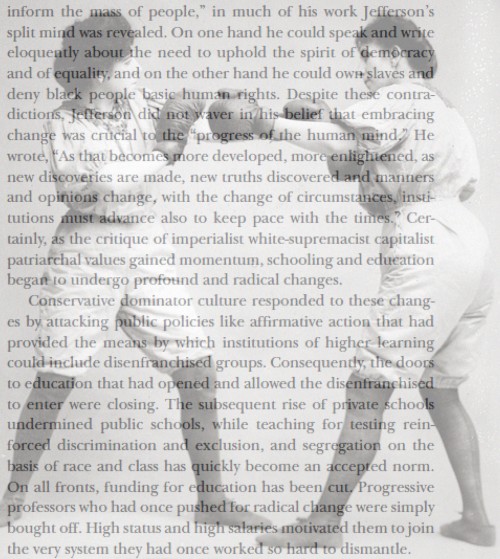I first discovered the phrase “reading dangerously” one year ago while browsing the stacks at Powell’s Bookstore. Andy Miller’s The Year of Reading Dangerously caught my eye, and as I leafed through the pages, I gathered that I was holding a memoir of sorts. The story chronicles Miller’s consumption of fifty lofty titles, like Middlemarch and A Confederacy of Dunces, in a single year. You might have been able to guess that Miller’s reading list is composed almost entirely of other great works of literature as labeled by academics and major book reviewers. I ask you now what I asked myself then: what is so dangerous about reading the books we are always told we should be reading?
Since that moment in Powell’s, I have been collecting a reading list of my own, one with rogue divergences from the accepted classics. With recommendations from VIDA, the #readwomen2014 project, and paperbacks gathered from every used bookstore I wander, I have amassed a big, beautiful bookshelf bursting with plenty of dangerous reading. With recent articles like Maddie Crum’s “Why I’ve Chosen a Life of Reading Women,” and Kamila Shamsie’s “The Year of Women,” it is clearer to me than ever that the books making bestseller lists and course syllabi are telling one dominant story.
While working with Ooligan Press to publish badass bitches like Allison Green and Kait Heacock, it is easy to forget that the larger players in publishing industry print an overwhelmingly white and male experience. This fall, our graduate program is hosting a panel dealing specifically with issues facing women in writing and publishing as part of the Transmit Culture series. Our small circle of the industry isn’t alone in this feminist consideration either. It is inspiring to hear Sophie Lewis of And Other Stories calling independent publishers to join up for a “Women-Only 2018” in honor of the centenary of female suffrage. Ongoing movements like #readwomen2014 and “Women-Only 2018” exist in order to counter the disproportionate privileging of male writers for literary publication, panels, and prizes, proving that publishers and readers alike have the ability to influence which writers get to have a voice in American publishing.
Beginning immediately, I am embarking on a half-year pledge to read dangerously the words of women from various races, religions, ages, interests, orientations, and backgrounds. Want to know what I am reading from now until April? Come see my bookshelf. It’s gorgeous.

